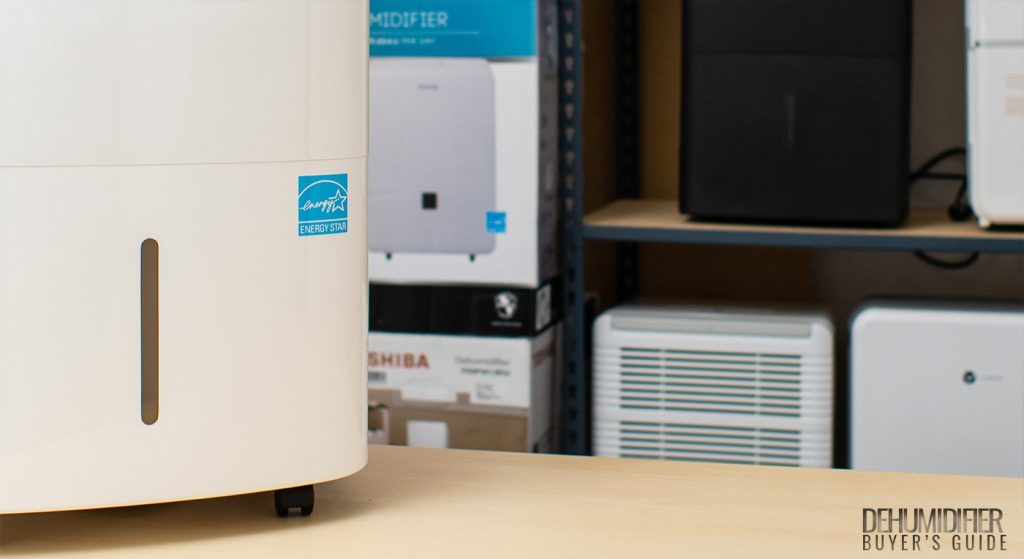bob58o
SuckSqueezeBangBlow
Somebody please tell me why I can or cannot run a 5k-8k btu window AC and a 35-50 pint per day dehumidier on a single 15amp 110-120v circuit. Both probably say to use a dedicated circuit if using other large appliances, but I want to find out how large "LARGE" really is.
Actual power measurements of similar sized units were showing about 400-600 watts for 5k-8k btu window units on full blast and about 550-600 watts from the dehumidifier. 5kbtu with CEER of 12.1 means it averages 413 watts right? 8kbtu, 12.1 CEER, 661 watts???
Actual In Home Power Testing shows right around 600 watts and 5.0 amps with 8kbtu window AC.... If starting current is 1.5X normal operating current then it would be 7.5 amps.
450 watts for a 50 pint dehumidier should be around 3.75 average amps..... If starting current is 1.5X normal operating current then it would be 5.6 amps.
So lets say if both are running, I am using 1050 watts and pulling about 8.75 amps. Cool.
If the starting current is 1.5x the normal operating current, then combined they would use 13.1 amps during starting. Cool.
If the starting current is 2.5x the operating current, the combined they would use almost 22 amps during starting. Is this cool?
My concern is about starting current. What happens if both compressors kick on at the same time? How long does starting current last? Milliseconds? Seconds? How do I find starting current (does it go by a different name? What is Lock rotor current vs full load current vs starting current ...? What is Rated Current? Seems to be larger than average current. -sorry i stupid
How much current can a circuit breaker pass for how long before it trips? Will a breaker trip immediately if a certain amount of current passed. Can a 15 amp breaker pass 20 amps for 1 second? 30 Amps? For 10 seconds? What about 60 amps for 1 millisecond? -double sorry still ignorant.
Will a breaker trip if both compressors kick on at same time?
Hopefully you can get an idea of where my head is at so you know how to best educate me.
Chart showing Actual Wattage vs Advertised Wattage

 www.dehumidifierbuyersguide.com
www.dehumidifierbuyersguide.com
This model Dehumidifier
Advertised as 6.2Amps and 713 watts.
Frigidaire FFAD2233W1
Advertised as 3.5 Amps and 403 watts but pulls an average of 272 watts from the wall.
So these DH's use about 70-75% of the "Rated Power" on average during long term operation. Cool.
Now I'm looking into NEC code letters and HP and kVA/HP but getting a little lost.
Any help on starting current and how it applies to circuit breaker?
Thanks
Actual power measurements of similar sized units were showing about 400-600 watts for 5k-8k btu window units on full blast and about 550-600 watts from the dehumidifier. 5kbtu with CEER of 12.1 means it averages 413 watts right? 8kbtu, 12.1 CEER, 661 watts???
Actual In Home Power Testing shows right around 600 watts and 5.0 amps with 8kbtu window AC.... If starting current is 1.5X normal operating current then it would be 7.5 amps.
450 watts for a 50 pint dehumidier should be around 3.75 average amps..... If starting current is 1.5X normal operating current then it would be 5.6 amps.
So lets say if both are running, I am using 1050 watts and pulling about 8.75 amps. Cool.
If the starting current is 1.5x the normal operating current, then combined they would use 13.1 amps during starting. Cool.
If the starting current is 2.5x the operating current, the combined they would use almost 22 amps during starting. Is this cool?
My concern is about starting current. What happens if both compressors kick on at the same time? How long does starting current last? Milliseconds? Seconds? How do I find starting current (does it go by a different name? What is Lock rotor current vs full load current vs starting current ...? What is Rated Current? Seems to be larger than average current. -sorry i stupid
How much current can a circuit breaker pass for how long before it trips? Will a breaker trip immediately if a certain amount of current passed. Can a 15 amp breaker pass 20 amps for 1 second? 30 Amps? For 10 seconds? What about 60 amps for 1 millisecond? -double sorry still ignorant.
Will a breaker trip if both compressors kick on at same time?
Hopefully you can get an idea of where my head is at so you know how to best educate me.
Chart showing Actual Wattage vs Advertised Wattage

Dehumidifier Energy Efficiency | Most Energy Efficient Dehumidifiers
How We Tested For Power Usage To determine each dehumidifier’s energy efficiency we first made sure that the exact same conditions applied to each of our tests. First and foremost we made sure that the relative humidity of the ambient air remained consistent throughout all tests. We set the...
This model Dehumidifier
GE ADEL45LY
546 real world average watts (about 4.6 amps)Advertised as 6.2Amps and 713 watts.
Frigidaire FFAD2233W1
Advertised as 3.5 Amps and 403 watts but pulls an average of 272 watts from the wall.
So these DH's use about 70-75% of the "Rated Power" on average during long term operation. Cool.
Now I'm looking into NEC code letters and HP and kVA/HP but getting a little lost.
Any help on starting current and how it applies to circuit breaker?
Thanks
Last edited:
